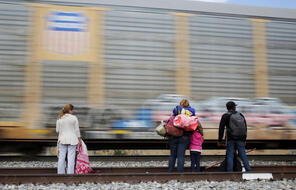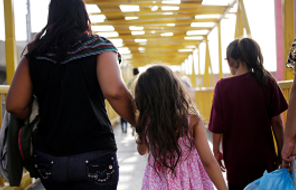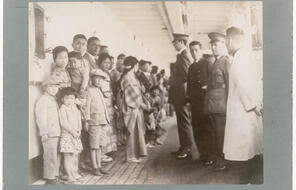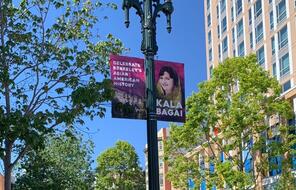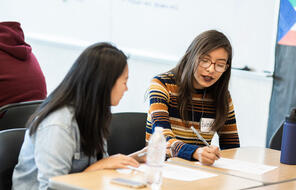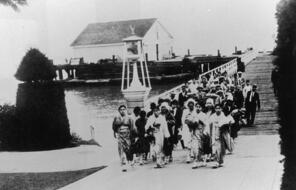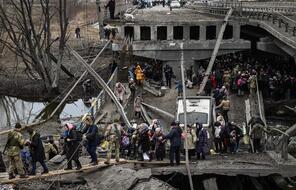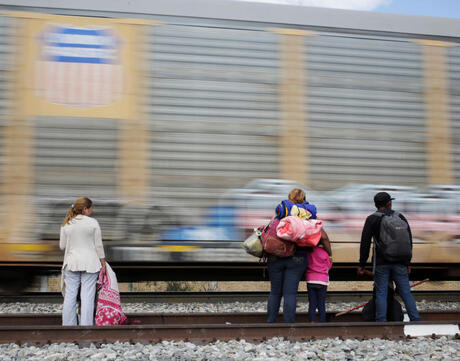
Why Do People Migrate?
At a Glance
Language
English — USSubject
- History
- Social Studies
Grade
6–12- Global Migration & Immigration
- Human & Civil Rights
Overview
About This Mini-Lesson
Migration has dominated the headlines in recent years. We have followed news coverage of migration across the US–Mexico border, the refugee crisis sparked by the conflict in Syria, and migration from Venezuela to Colombia, among many other stories. The UN estimates that in 2019, 272 million people around the world migrated to a new country, while many millions more moved within their countries. We are all touched by stories of migration, whether it is our own story or that of an ancestor, family member, or friend.
In this mini-lesson, students reflect on individual stories of migration and then learn about migration from El Salvador to the United States as a means of exploring the underlying factors that drive migration.
Preparing to Teach
A Note to Teachers
Before teaching this mini-lesson, please review the following information to help guide your preparation process.
Activities
Activities
Materials and Downloads
Quick Downloads
Resources from Other Organizations
Additional Resources
Resources from Other Organizations
Unlimited Access to Learning. More Added Every Month.
Facing History & Ourselves is designed for educators who want to help students explore identity, think critically, grow emotionally, act ethically, and participate in civic life. It’s hard work, so we’ve developed some go-to professional learning opportunities to help you along the way.
Exploring ELA Text Selection with Julia Torres
On-Demand

Working for Justice, Equity and Civic Agency in Our Schools: A Conversation with Clint Smith
On-Demand

Centering Student Voices to Build Community and Agency
On-Demand


